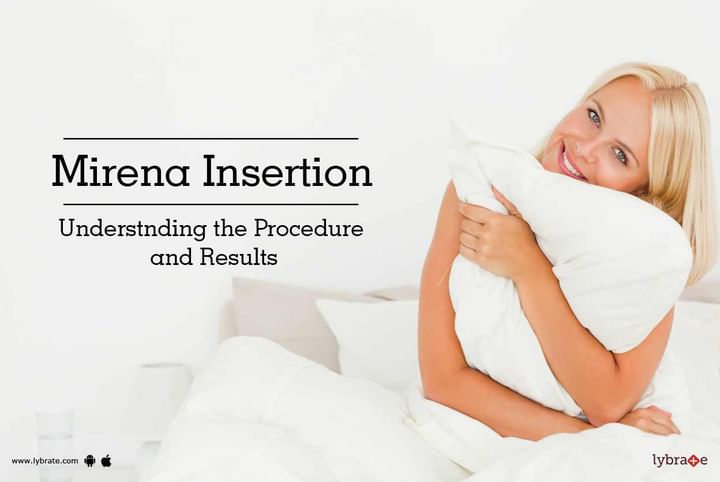Mirena Insertion - Understnding the Procedure and Results
Mirena is a contraception that can be inserted into the uterus for long term use. This insertion is done with a proper clinical procedure. The Mirena is a device that may be classified as a hormonal Intrauterine device (IUD). This device releases a kind of progestin, which prevents the sperm from travelling to the egg to fertilise it. This hormone basically makes the cervical mucus thick and makes the uterine lining thin, so that ovulation gets suppressed.
Let us get to know more about the procedure and the results of Mirena Insertion.
Reasons: There are a variety of reasons why women use this kind of long term contraception. After insertion, one does not need to have any interruptions in the act of sex in order to look for and use contraception. It also reduces the risk of developing pelvic inflammatory disease. This kind of disease is usually caused by sexually transmitted diseases. This kind of device can also help in bringing down the pain experienced during menstrual cycles. It also reduces the risk of falling prey to endometrial cancer as well as cervical cancer.
Eligibility: You are not an eligible candidate for this kind of procedure if you have suffered from breast cancer, cervical cancer or liver disease. Also, if you suffer from diabetes or other cardiovascular diseases, then it is not safe to go through this procedure.
Procedure: The procedure will be carried out at the doctor’s clinic. The gynaecologist will insert a speculum into your vagina. Then, the doctor will continue to clean the area including the cervix with the help of an antiseptic solution. Thereafter, a special instrument will be used in order to align the uterine cavity with the cervical canal. During this process, the doctor will also measure the depth of the patient’s uterine cavity. The device will then be folded and placed within an applicator tube, which will be inserted into the cervical canal. Then, the applicator tube will be removed. After this, the device will remain in place.
Result: Once the device has been inserted, it will be effective for a period of at least five years. Every month, you will need to get the strings of the device checked so that they are not protruding from the cervix. You may experience side effects like pain during sex as well as others like headaches and persistent migraines. These must be reported to the doctor so that the doctor may deal with any complications.
Removal: If there are any kinds of complications and risks that may develop after the procedure, the doctor can remove this device. This can be done with the help of forceps. The device can also be removed and replaced after five years. If you wish to discuss any specific problem, you can consult a gynaecologist.



+1.svg)
